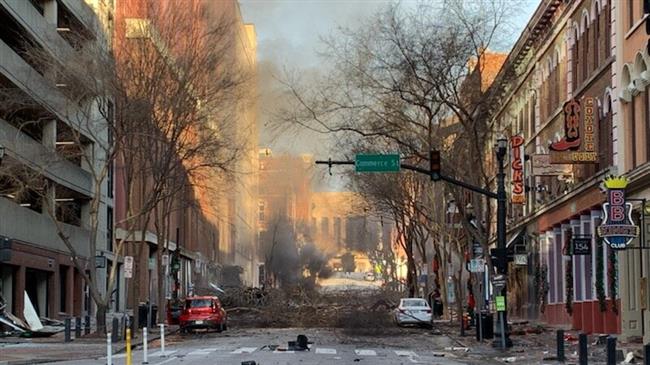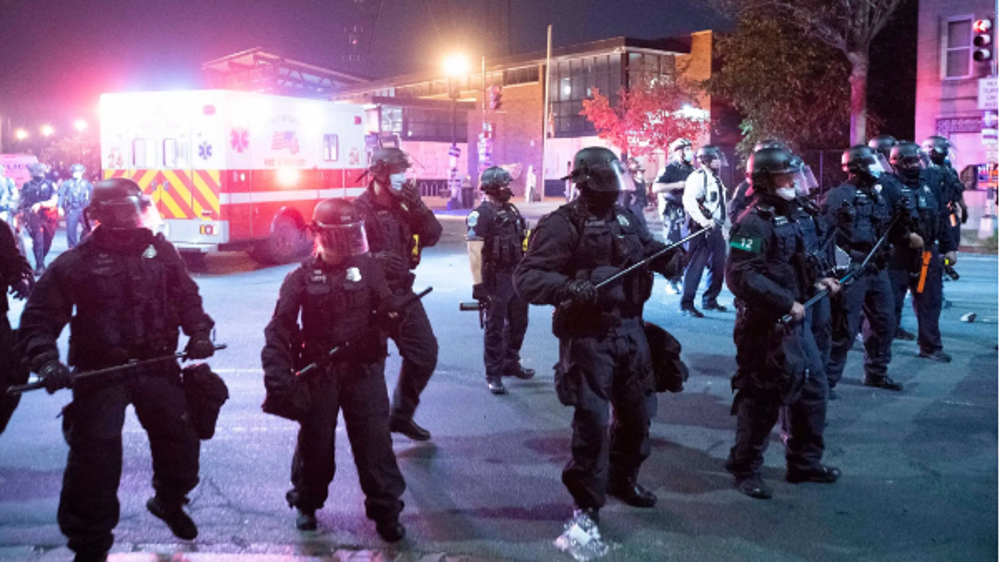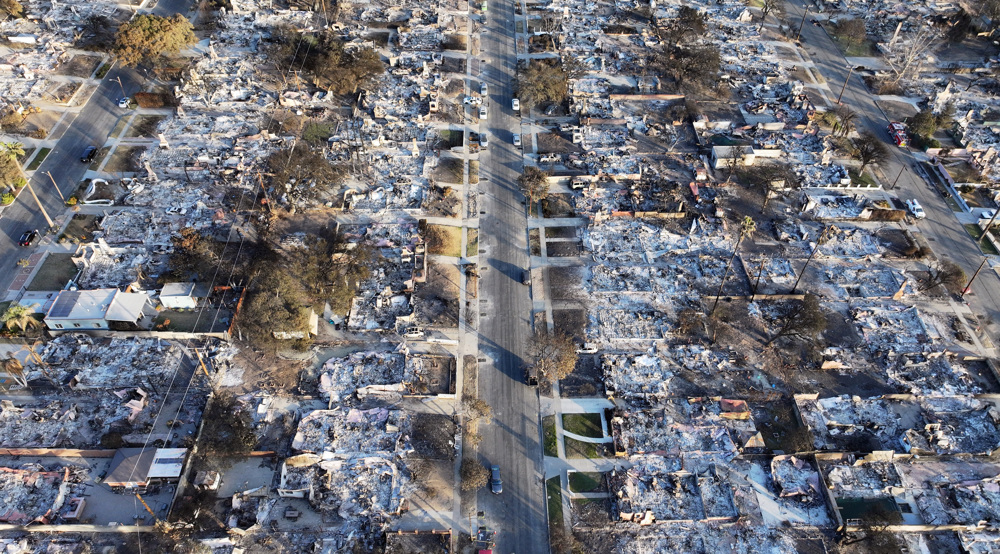Nashville explosion: Lone bomber or false flag?
By Stephen Lendman
On Christmas day, a recreational vehicle exploded in downtown Nashville, Tennessee outside an AT&T transmission building — one block from the company’s office building.
What happened knocked out communications and 911 emergency call centers over a wide area, including parts of neighboring Kentucky and Alabama.
Was the motive behind what happened what official reports claimed?
Or was something else responsible for the blast? Was it a false flag?
It’s unclear at this time. What is known is that numerous US false flag attacks occurred before — notably since at least the mid-19th century.
They’re a US tradition at strategically timed moments.
Before the blast, the Tennessean reported that Nashville residents in the affected area were warned before the incident occurred, saying:
A “recorded warning” inside the vehicle said “(e)vacuate now. There is a bomb. A bomb is in this (RV) and will explode.”
An area resident said “(w)hoever did it did give fair warning” 15 minutes before the blast.
Fox News Nashville TV reported that city “police got people to safety before the downtown explosion.”
The following day, FBI agents raided the home of a “person of interest” following “more than 500” leads.
That many in hours after what happened is highly suspicious.
How is it possible to identify a possible suspect hours after the incident, including before an investigation began?
Nashville police called the incident an “intentional act,” a likely suicide bombing.
No mass casualties occurred — just three injuries reported and the remains of an individual identified as Anthony Quinn Warner.
Was he responsible for the incident or a convenient patsy to blame for what he had nothing to do with?
Before ID’d from DNA, his residence was searched by federal agents in a Nashville suburb, as explained above — a disturbing red flag.
Why his home alone and no others? Why before an investigation began?
No motive pointing to him is known.
Did what happened follow pre-planning to name him for the incident before occurring?
As the saying goes, dead men tell no tales so he’s unable to defend himself.
Reportedly, police and FBI agents aren’t looking for other suspects, another disturbing red flag.
Who is Anthony Quinn Warner. Local media called him a loner, an unmarried man with no children.
According to the Tennessean, “acquaintances…described (him) as a self-employed computer guru — and a homebody who tended to his pets and kept to himself.”
A next door neighbor called him “a little odd” but friendly, adding:
“If he…ha(d) any political beliefs…that was something he kept to himself.”
Another neighbor called him a “recluse.”
Local authorities claimed that the RV (or one similar to the detonated vehicle) was seen outside his residence for years.
Nothing known about Warner explained above suggests a motive for what happened, one more red flag.
What happened in Nashville is reminiscent of two earlier incidents.
In April 1995, a truck bombing killed 168 people and caused extensive damage in Oklahoma City.
Within 90 minutes of the incident, Timothy McVeigh was arrested on a firearms charge, spent two days in jail, then was charged with the bombing.
On May 10, Terry Nichols was named his alleged accomplice and arrested.
Experts, including professional demolition contractors, concluded that only high-grade military explosives, detonators, and proper multiple internal placements could have caused such extensive destruction.
Elgin Air Force Base’s Armament Wright Laboratory studied the incident.
It concluded that no single truck bomb was involved.
(Ret.) Brig. General Benton K. Partin, an explosives and ordnance expert, it said a truck bomb couldn’t cause steel-reinforced concrete columns to collapse,” adding:
“The total incompatibility with a single truck bomb lies in the fact that either some of the columns collapsed that should not have collapsed or some of (them) are still standing that should have collapsed and did not.”
“This is a classic cover-up of immense proportions.”
“To cause the damage pattern that occurred to the Murrah building, there would have to have been demolition charges at several supporting column bases, at locations not accessible from the street, to supplement the truck bomb damage.”
“(A) careful examination of photographs showing the collapsed column bases reveal a failure mode produced by demolition charges and not by a blast from the truck bomb.”
More forensic evidence showed other devices were involved, what major media suppressed.
Yet McVeigh was executed for the incident, Nichols sentenced to life imprisonment.
Gen. Partin and others believe they were framed — used as convenient patsies.
So were falsely charged Dzhokhar Tsarnaev and his brother Tamerlan for what’s known as the April 2013 Boston Marathon bombing.
Local police lethally shot Tamerlan near Watertown, MA.
Dzhokhar was arrested, falsely charged, convicted and sentenced to death — later reversed to multiple life sentences.
Neither brother was involved with the incident, a state-sponsored false flag.
Like many times before in the US, innocent patsies were wrongfully punished. Innocence wasn’t enough to save them.
Was the Christmas Day Nashville incident the latest example of wrongfully charging a convenient patsy despite no motive or evidence of involvement in what happened?
Perhaps what’s unknown at this time will be revealed later without public attention to set the record straight if the incident was other than what’s reported.
Stephen Lendman, born in 1934 in Boston, started writing on major world and national issues began in summer 2005. In early 2007, radio hosting followed. Lendman now hosts the Progressive Radio News Hour on the Progressive Radio Network three times weekly. Distinguished guests are featured. Listen live or archived. Major world and national issues are discussed. Lendman is a 2008 Project Censored winner and 2011 Mexican Journalists Club international journalism award recipient.
VIDEO | Alliance for Sahel states formally leaves ECOWAS
VIDEO | Israeli project of dividing Gaza failed
VIDEO | Israel continues to violate truce
VIDEO | Palestinian prisoners plight
VIDEO | New Delhi gears up for state elections amid Muslims’ complaints of inequality
Militant commander Jolani appointed Syria’s ‘president’: Report
Understand meaning of ‘threat,’ ‘intl. peace, security’ before accusing Iran, official tells
Iran starts importing potato amid soaring prices caused by exports











 This makes it easy to access the Press TV website
This makes it easy to access the Press TV website